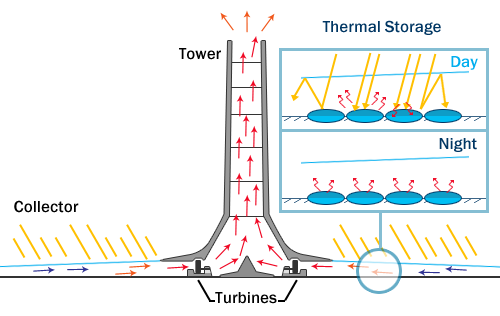Last week’s column brought you the latest, world-record-breaking achievements of the University of NSW. This week, just to balance the books a little, we thought we’d bring you news of the latest incredible overseas advance in PV cells from overseas — just to prove that solar research is pushing back the boundaries the world over.
The name of the firm is Twin Creeks, which may or may not be a nod to the superb David Lynch-produced TV series of the early nineties (or am I showing my age here?), and the breakthrough is that photovoltaic cells are created using a hydrogen ion particle accelerator. [Read more…]



 RSS - Posts
RSS - Posts



Currently Raging Debates: